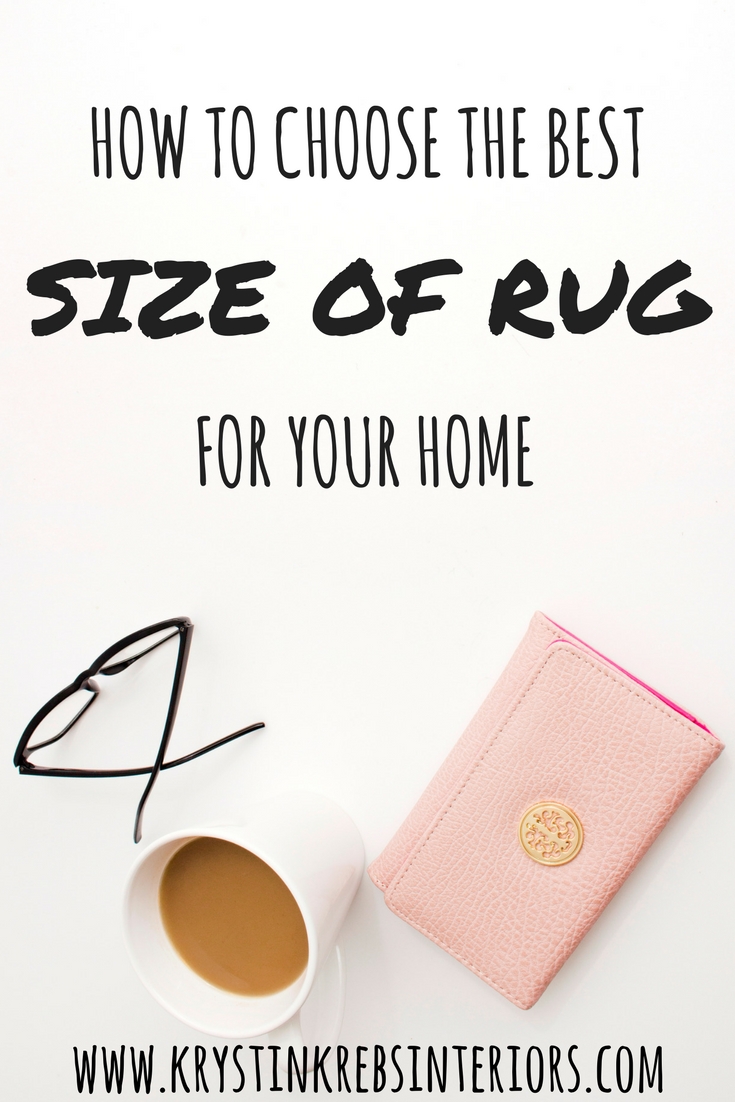How to Choose the Best Type of Rug for Your Home
Pin Me!
Excluding natural materials, nylon, polyester, and olefin are the mostly widely used fibers in carpet manufacturing, and each offers qualities useful in specific applications. Even though nylon is the most expensive type of fiber, it is also soft and resilient, which makes it great for any room in your home. Polyester is less durable than nylon, but quite cost efficient – offering a high level of resistance to stains, which makes it an ideal choice for areas such as dining rooms. Olefin is solution dyed, which results in a highly resistant stain carpet that can be cleaned easily without color loss. Unlike many other fibers, olefin is fade and mould resistant, which results in a carpet that works well both indoors or out. Often times carpet requires pads for added cushion that go under your carpet as well.
How to Choose the Best Size Rug For Your Home
Pin Me!
Below is a page taken from my e-course "Everything you Need to know About Interior Design, for the Do It Yourself Homeowner", available for $97
42" Round Table = 96" Round Rug
48" Round Table = 96" Rouns Rug
60" Round Table = 108" Square Rug
60'x 42" Oval Table = 96" x 120" Oval Rug
97" x 49" Oval Table = 60" x 42" Oval Rug
70"x 36" Rectangular Table = 96" x 120" Rectangular Rug
76" x 32" Rectangular Table = 96" x 120" Rectangular Rug
84" x 36" Rectangular Table = 96" x 120" Rectangular Rug
90" x 39" Rectangular Table = 96" x 144" Rectangular Rug
108" x 41" Rectangular Table = 96" x 144" Rectangular Rug
120" x 30" Rectangular Table = 120" x 168" Rectangular Rug



